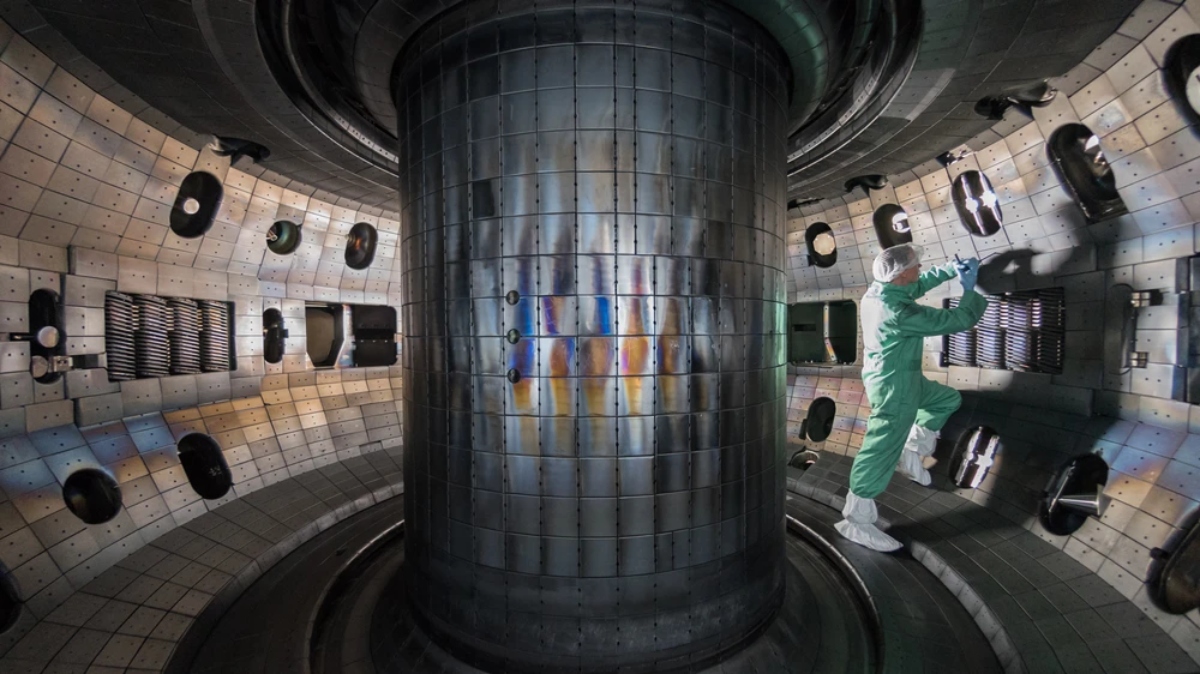The Webb Telescope with its powerful eye has made an intriguing discovery in the vast expanses of space: the presence of essential chemicals around two young stars.
Webb Telescope: Cosmic Findings
Importantly, astronomers turned their attention at the space observatory, located 1 million miles away from Earth, to the cosmic regions around these protostars, which are still at an early stage of their evolution and have not yet formed planets. However, they almost certainly will, since NASA estimates that almost all stars harbor at least one planet.
In these planet-forming regions, the Webb telescope found “complex organic molecules,” including ethanol (the alcohol found in alcoholic beverages), as well as another component found in vinegar. These ingredients form in icy materials in space and could one day become part of future objects in the solar system, such as comets and asteroids, carrying with them organic molecules and other materials vital to planets.
In this regard, Ewine van Dishoeck, an astronomer at Leiden University and author of the new research, noted that these molecules have the potential to contribute to the formation of new planetary systems as protostellar systems evolve. This astrochemical trail, discovered by the Webb telescope, offers a unique window into the fundamental processes that drive the creation of worlds.
In addition, the new research, accepted for publication in the peer-reviewed journal Astronomy & Astrophysics, marks a significant milestone in the exploration of the cosmos and opens new perspectives on the chemistry and evolution of planetary systems.
Glimpsing the future of deep space
The James Webb Space Telescope, a collaboration between NASA, ESA and the Canadian Space Agency, is equipped with advanced instruments to detect the chemical composition of distant objects, including the atmospheres of extraterrestrial planets. These instruments break down the light coming from these objects, allowing scientists to discern which chemicals are present and which are not.
With its giant mirror, the Webb telescope can capture light from extremely distant objects, providing an unprecedented view of the early days of the universe. In addition, its ability to observe in the infrared spectrum allows it to penetrate previously hidden regions of space, revealing new insights into the formation of stars, galaxies and planetary systems.
In addition, the Webb telescope is revolutionizing our understanding of exoplanets, worlds orbiting stars outside our solar system. With specialized spectrographs, Webb can analyze the atmospheres of these exoplanets, looking for signs of molecules that might indicate the presence of habitable conditions.
In that vein, the James Webb Space Telescope is unlocking the secrets of the cosmos, providing a clearer and more detailed view of the processes that shape the universe around us. With each new discovery, we come one step closer to understanding our place in the vast and mysterious cosmos.




